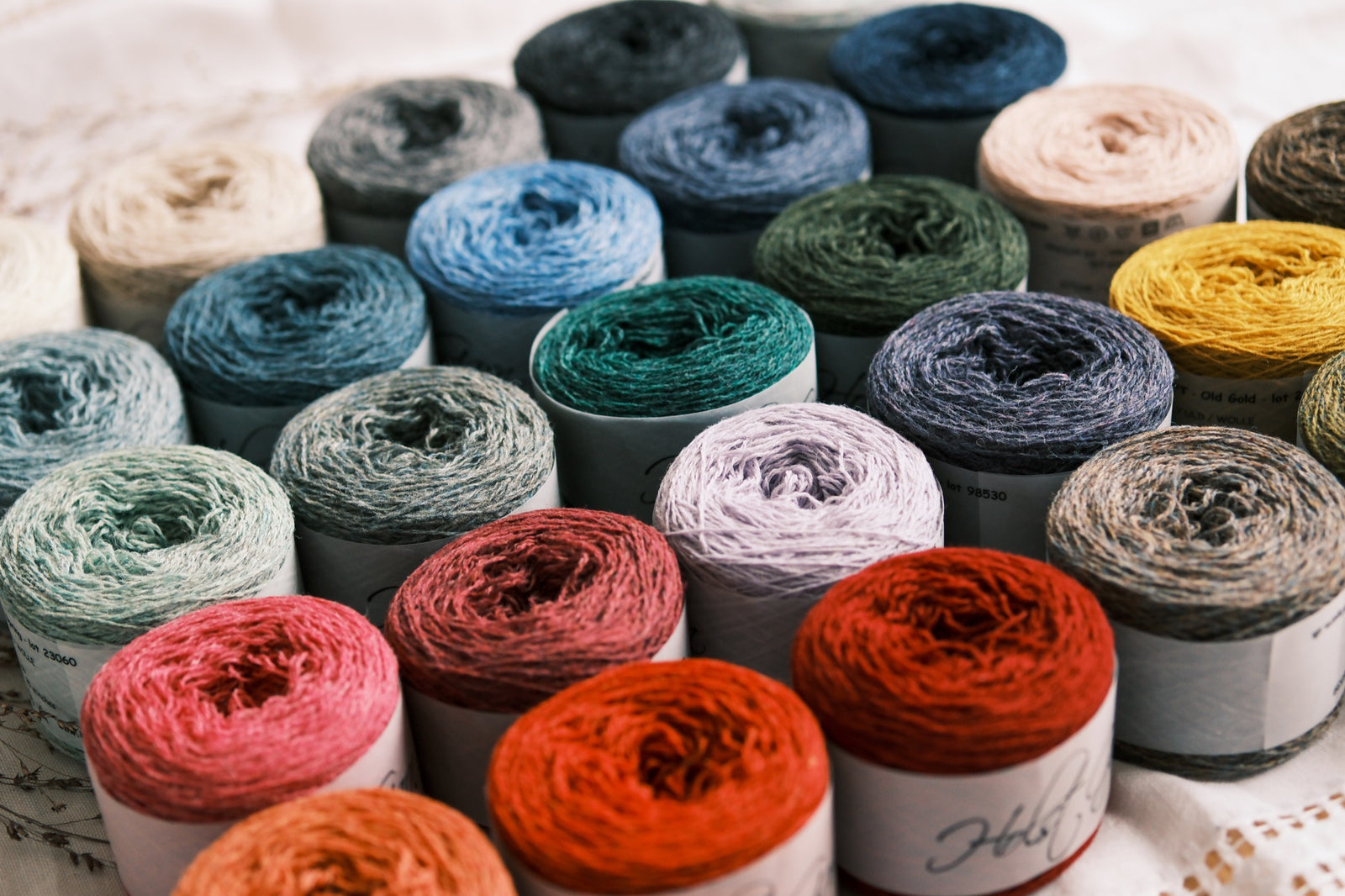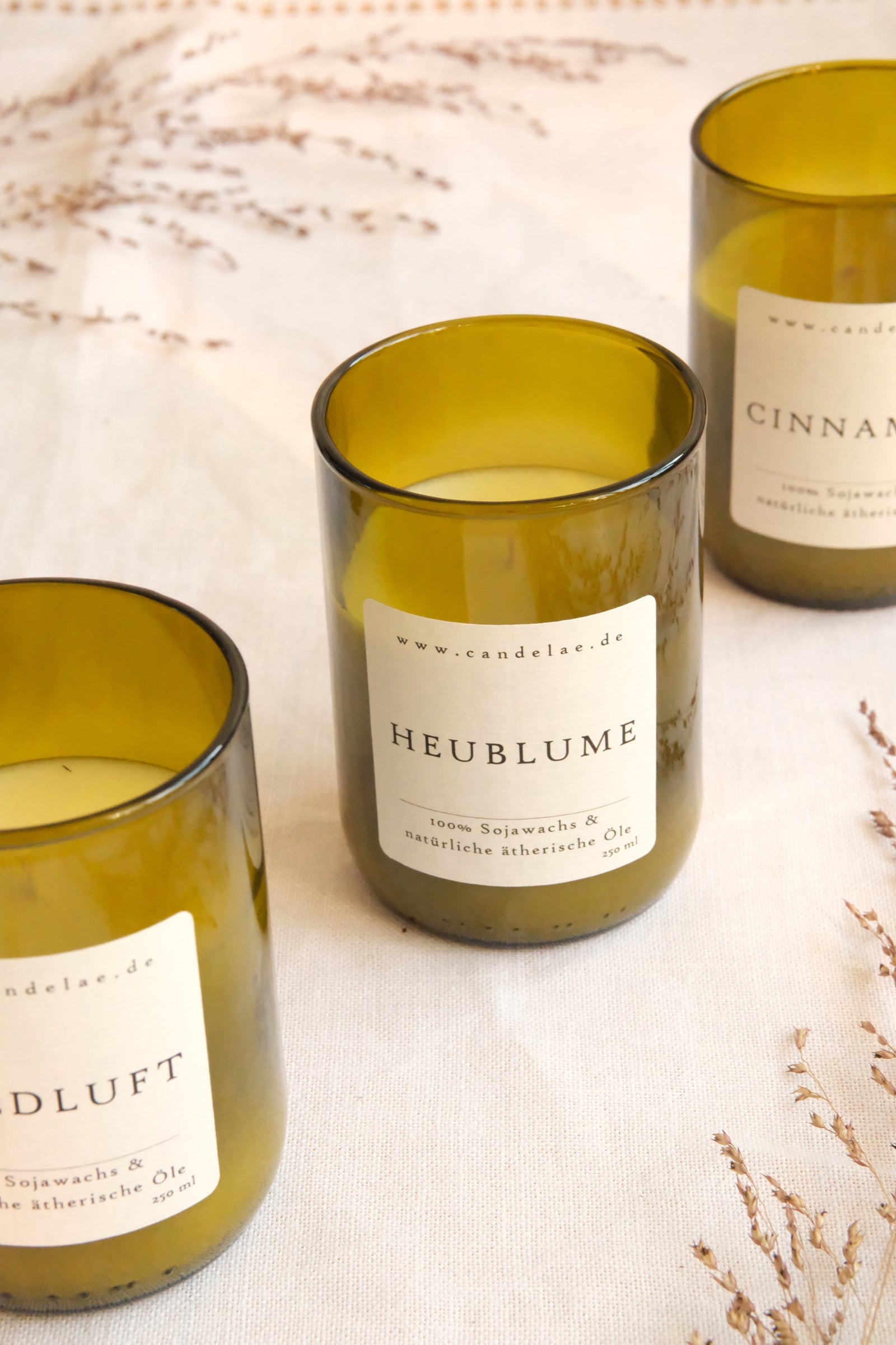Your Cart is Empty
Free Shipping on orders over €75 (Germany) | €125 (International)
Free Shipping on orders over €75 (Germany) | €125 (International)
Notions & Gifts
Books, Magazines & Patterns
- Annika Scheer | Rosemary & Pines Fiber Arts
- Ayano Tanaka
- Barbara Gottwik
- Crystal Hiatt
- Elena Solier Jansà
- Emily Joy Rickard
- Emma Ducher
- Fiona Alice
- Fiona Munro
- Imke von Nathusius
- Jennifer Brou
- Jill Thompson Beach
- Joan Forgione | Paper Moon Knits
- Julia Exner
- Kjerstin Rovetta
- Ksenia Naidyon | Life is Cozy
- Madeleine Renarde
- Makenzie Alvarez
- Making Stories
- Maria Muscarella
- Marina Skua
- Marthe Forodden
- Rebekka Mauser
- Renate Kamm
- Susan Schädler
- Tania Dejoie
- Valentina Cosciani
- Vanessa Pellisa
- Annika Scheer | Rosemary & Pines Fiber Arts
- Ayano Tanaka
- Barbara Gottwik
- Crystal Hiatt
- Elena Solier Jansà
- Emily Joy Rickard
- Emma Ducher
- Fiona Alice
- Fiona Munro
- Imke von Nathusius
- Jennifer Brou
- Jill Thompson Beach
- Joan Forgione | Paper Moon Knits
- Julia Exner
- Kjerstin Rovetta
- Ksenia Naidyon | Life is Cozy
- Madeleine Renarde
- Makenzie Alvarez
- Making Stories
- Maria Muscarella
- Marina Skua
- Marthe Forodden
- Rebekka Mauser
- Renate Kamm
- Susan Schädler
- Tania Dejoie
- Valentina Cosciani
- Vanessa Pellisa

Our current Issue 11
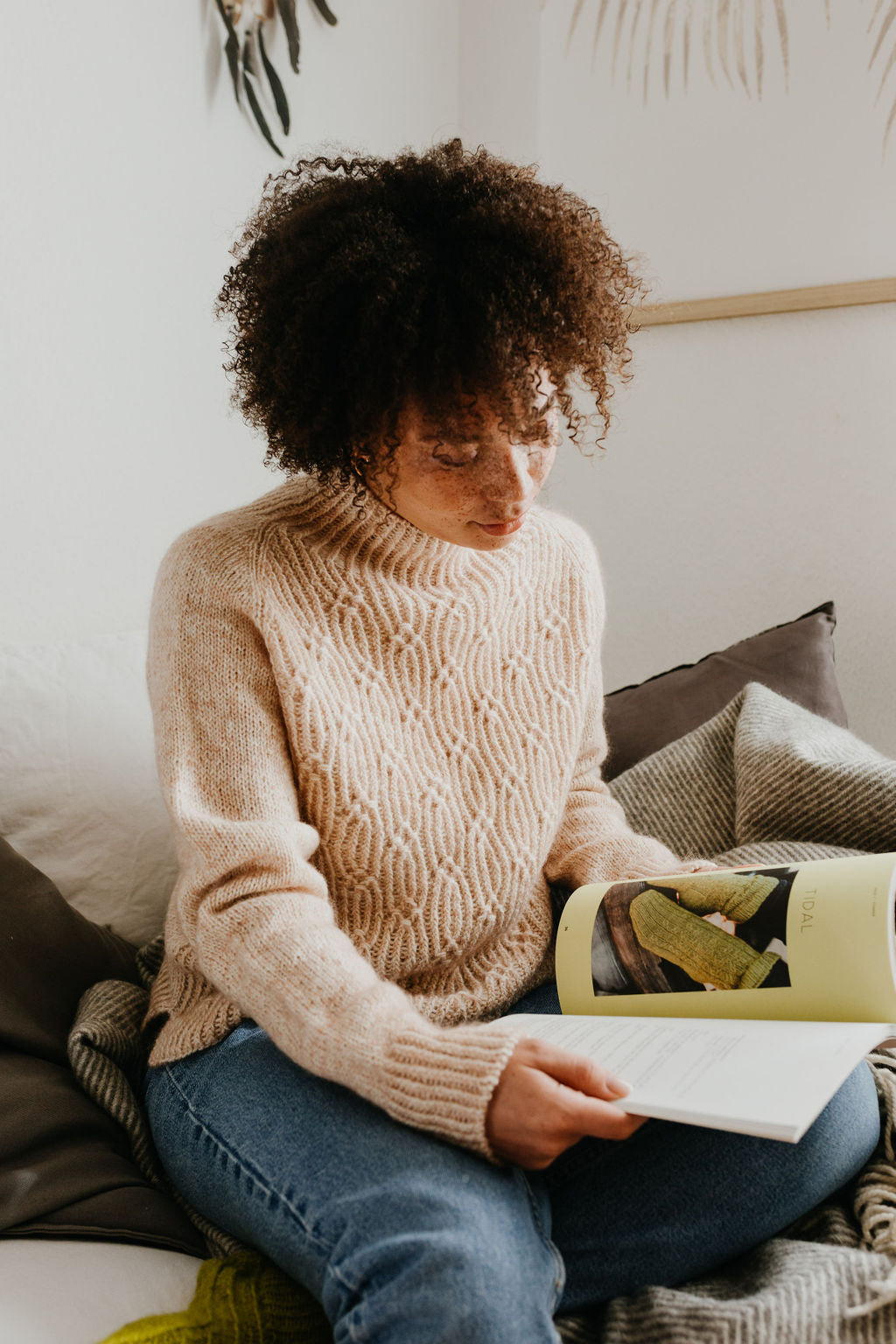
All Books & Magazines
About Us
We're here to help you stitch sustainability into every aspect of your making.
With our carefully curated selection of non-superwash, plastic-free yarns and notions, we have everything you need to get started on your next project - and the one after that.
Here's to a wardrobe of knits we love and want to wear for years to come!
We're here to help you stitch sustainability into every aspect of your making.
With our carefully curated selection of non-superwash, plastic-free yarns and notions, we have everything you need to get started on your next project - and the one after that.
Here's to a wardrobe of knits we love and want to wear for years to come!
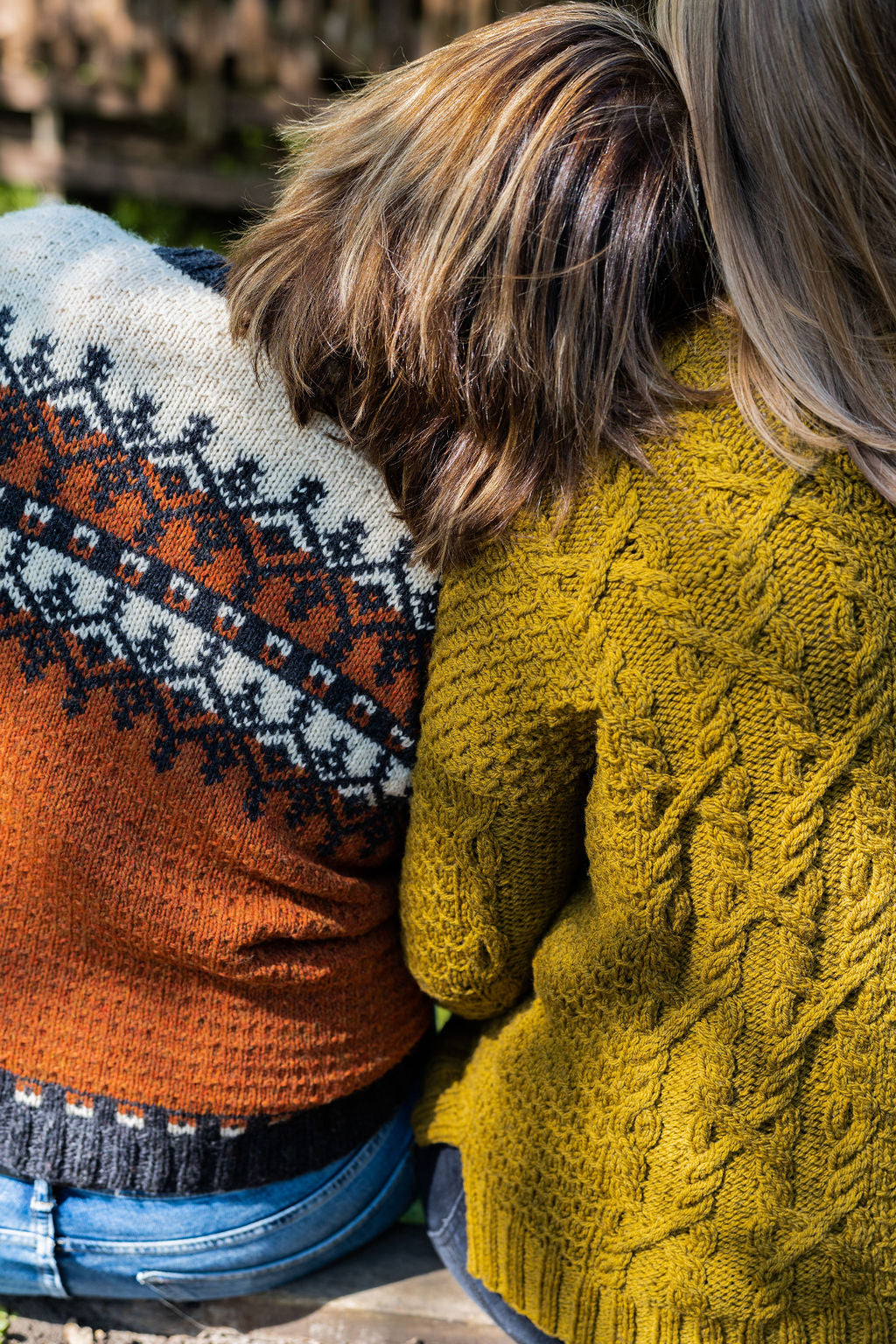
Our Sustainability Pledge

Our Blog
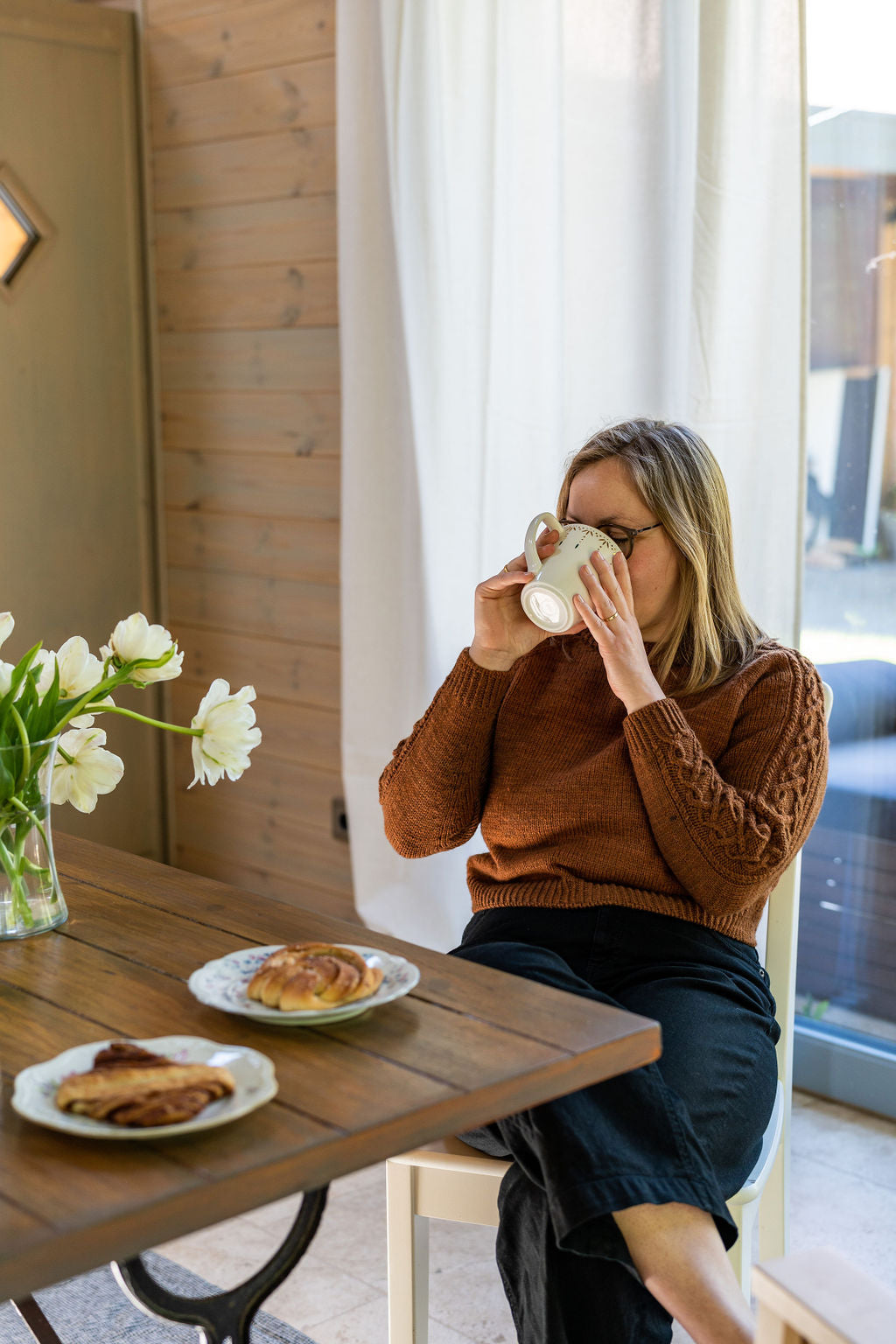
Our Podcast
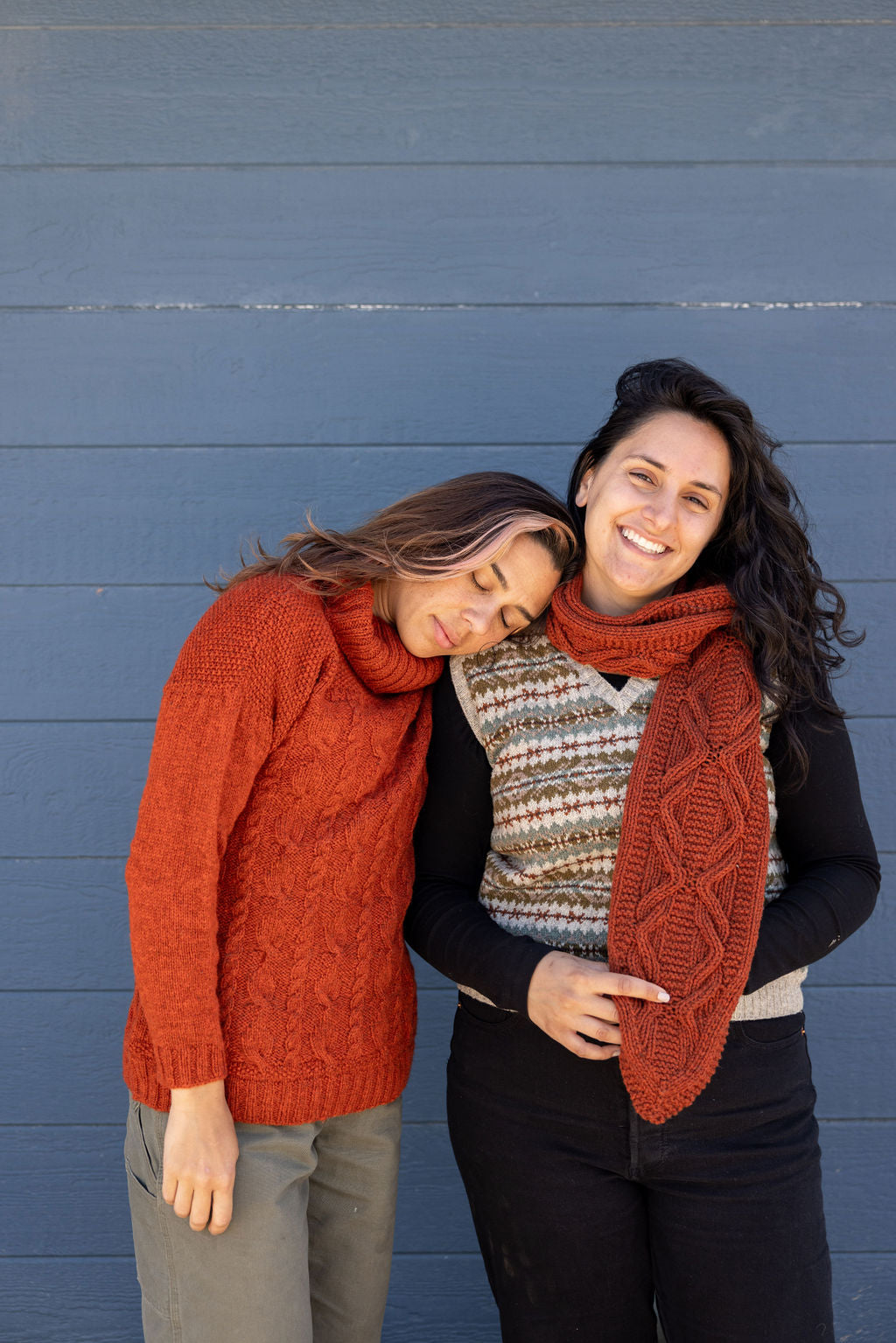
The Making Stories Collective
Exploring Fibre: Wool
June 10, 2020 4 min read
Hello folks!
If you have been hanging around for a while, or even a few days, you probably know that we think wool is pretty impressive. And we're sure you do too. It has a long list of benefits:
-
It is strong and flexible
-
It will keep you warm even when wet It's moisture-wicking
-
It is naturally anti-bacterial (hello, socks!)
-
It's flame-resistant
-
It repels dirt
-
It is elastic and has memory
-
It comes in tons of natural colours and also plus dyes easily and beautifully.
Today though, I want to go further, to really delve into those fleeces. To explore all the characteristics you can find in wool, and what that means for our knitting. Follow me!
The Uniqueness of Fibre
Each breed of sheep is unique, we can easily see this just by looking at them, and it's the same with their fleece. Just check out the Merino and Teeswater below. We know they're both sheep, but they look entirely different. It's the same with their fibre.

Though each and every animal has its own unique fleece, there are certain elements that they all have that we can use to tell work out what kind of yarn it will be, and what projects it will be best suited for. These are; staple length, crimp, fineness and lustre. Let's take a look at what these are, and what they mean for our yarn!
Staple Length
This is the average length of the fibre growth for an animal over a year. When it comes to our yarn, the fibre length can often influence how it is spun. Shorter fibres (around 2.5 inches or shorter) work best for woollen spun yarns, while longer fibres (3 inches or more) are more suited to worsted spun yarns. A yarn made from a fibre with a long staple length is often more durable and less likely to pill. In contrast, the woollen spun process will preserve the bouncy characteristics usually found in shorter fibres.
Crimp
Have you ever seen a fleece and noticed it has little waves running through it, or curly locks? This is crimp! This texture can have a significant effect on the final yarn; The crimper the wool, the more elasticity it has, so crimpy wools make great socks or other items that need to stretch. Wools with less crimp are a lot more drapey and often lead to a smoother, shinier yarn (see lustre!).
Lustre
Lustre is all about how the fibre reflects light. The make-up of wool is very similar to our own hair - It is covered in tiny cuticles that overlap each other. Some fibres have small, tightly packed cuticles (often found with finer breeds), while others have larger, more spaced out cuticles. Fibres with fine, tight cuticles tend to not reflect the light as much as there is less surface area of the cuticle, and yarns spun from these fibres have a more matte appearance. Fibres with larger cuticles reflect the light much better and therefore have more lustre.
Fineness
This refers to the diameter of the fibre, and in the wool industry, this is measured in microns (a micron is a measurement equal to one-millionth of one meter). The softest fibres tend to have a smaller amount of microns and are best suited for next-to-skin projects, while stronger, more durable fibres have more microns and work best for outerwear or accessories that will have a lot of wear.
 So What Does This Tell Us?
So What Does This Tell Us?
By investigating the characteristics of the fibre, we can start to piece together how it will act as a yarn. It's like finding the answer to a puzzle! Yarn producers will often use this to their advantage when creating a new base. Do they want softness that will also wear well? Choose a yarn with a fibre blend of fineness and another with a long staple length. Something lofty and elastic? Chose a fibre with a short staple length and blend with another with lots of crimp!
Next time, we are going to go a step further in this fibre journey by looking at breed-specific yarns in more depth. We will look at how the characteristics we have explored today are used to categorize the different breeds, and what projects they are best suited to.
Are you already a fan of breed-specific yarns? I will be sharing some of my favourites next time, and I would love to include some of yours too. Please, let me know below!
If you are interested in learning more about working with different fibres from a dyers point of view, I invite you to watch our episode of 'Making Stories Knits With...' with Emma Robinson. Emma is the talented dyer behind Woolly Mammoth Fibre Co. In the interview, she talks specifically about how the different characteristics of the fleece can affect the dyeing process. It also gives a super interesting look into her process. Click the button below to watch!
Leave a comment
Comments will be approved before showing up.
Also in Blog

What’s the difference between combed top, roving, batts and rolags?
May 08, 2024 5 min read
Learning to spin yarn comes with a huge array of new jargon, and a lot of these terms relate to how the fibre is prepared. Whether animal or plant fibre, there is a variety of ways it can be processed from raw material into something you can spin into yarn.
We’re going to look at some of the common formats available to hand spinners, what their characteristics are and the kind of spinning techniques they’re suitable for.

6 Joyful Spring Knitting Patterns - My Current Favorites!
April 10, 2024 4 min read
Hi lovelies! Spring has sprung here in Berlin – as I am typing this (mid March), the buds on the chestnut tree out the window are a few days away from bursting, the forsythias are in full bloom, and our strawberry plants have started their comeback as well (leaves so far, but Aurin checks every day for berries :)).
So it's no surprise at all that today's blog post is very much inspired by the sun and the warmer days to come! I have put together a sweet roundup of 6 joyful spring knitting patterns, all of which I'd love to have on my needles soon. (If someone can get me an extra day or two per week to knit (oh, and to spin), I'd love that!)
The three yarns I've paired them with are my favorite spring / summer yarns: De Rerum Natura's Antigone, a delightful sport-weight linen yarn, Wooldreamers' Saona, a 50% Spanish cotton, 50% Spanish wool blend, and Natissea's Pernelle, our newest spring yarn: A 100% European hemp yarn!

Get to Know: Pernelle, our first 100% hemp yarn!
April 02, 2024 3 min read 1 Comment
Hi lovelies! As you might know, we are slowly, surely expanding the portfolio of the shop – I am always on the lookout for wonderful sustainable yarns that might fill gaps we still have, and one that was on the list since last summer was an additional spring / summer yarn.
When I learned about Natissea, a French yarn company dedicated to organic plant yarns, from Audrey Borrego last year, I immediately contacted them to order some samples. As soon as I had Pernelle, their 100% European hemp yarn, on the needles, it was love – grippy, but not ropey, with a lovely drape that only got stronger after a good washing and blocking session.
The shade cards had me swooning too – a really comprehensive, well-composed range of colors with something for everyone in it, from neutrals to spring-inspired pastels to deep jewel tones.
So I was so pleased when Natissea accepted us as a stockist – and I am extra excited to introduce Pernelle to you. Our first 100% hemp yarn, perfect for summer tops, T-Shirts, and lightweight sweaters!
I reached out to Mathilde over at Natissea and she graciously agreed to answer a few questions about Pernelle. I loved reading her answers!
Who Is Making Stories?
We're a delightfully tiny team dedicated to all things sustainability in knitting. With our online shop filled with responsibly produced yarns, notions and patterns we're here to help you create a wardrobe filled with knits you'll love and wear for years to come.
Are you part of the flock yet?
Sign up to our weekly newsletter to get the latest yarn news and pattern inspiration!
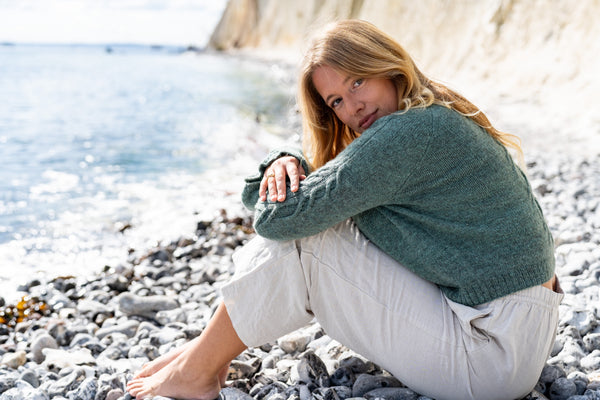
Join the Making Stories flock!
Every Tuesday our newsletter arrives in your inbox, full to the brim with Making Stories goodness. If you would like to join in on the fun, fill in the form below.
As a thank you, we gift you a digital publication of your choice!

